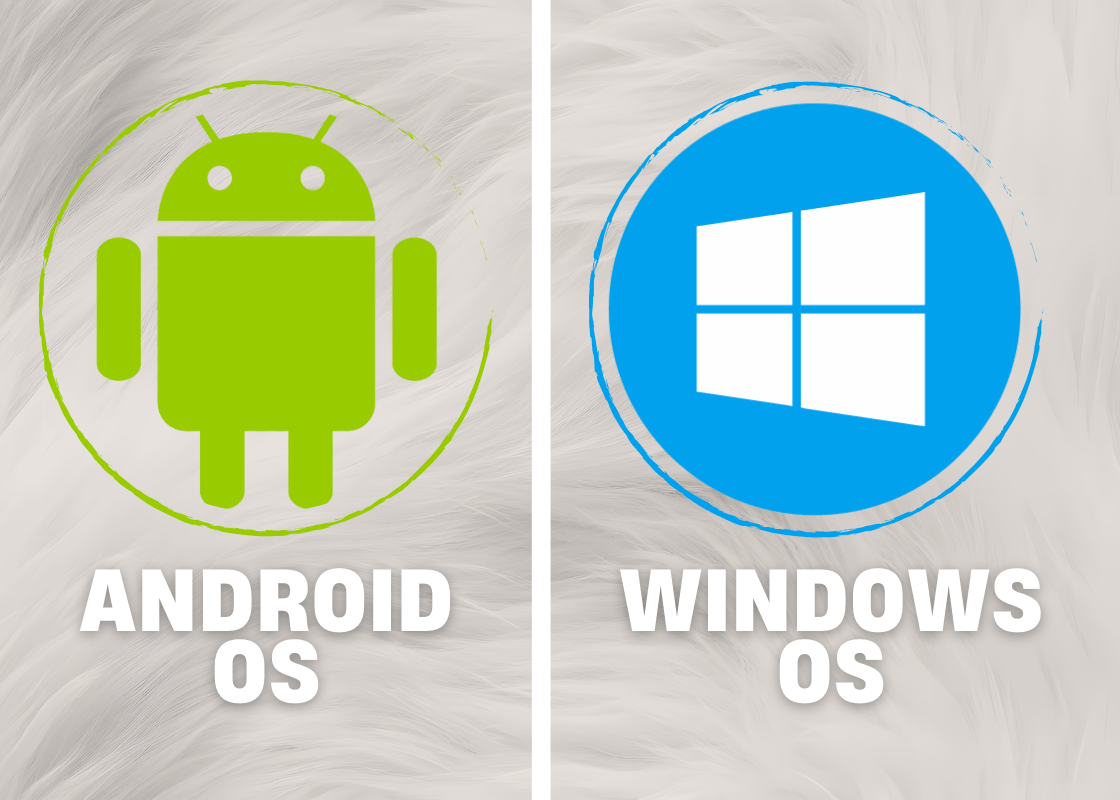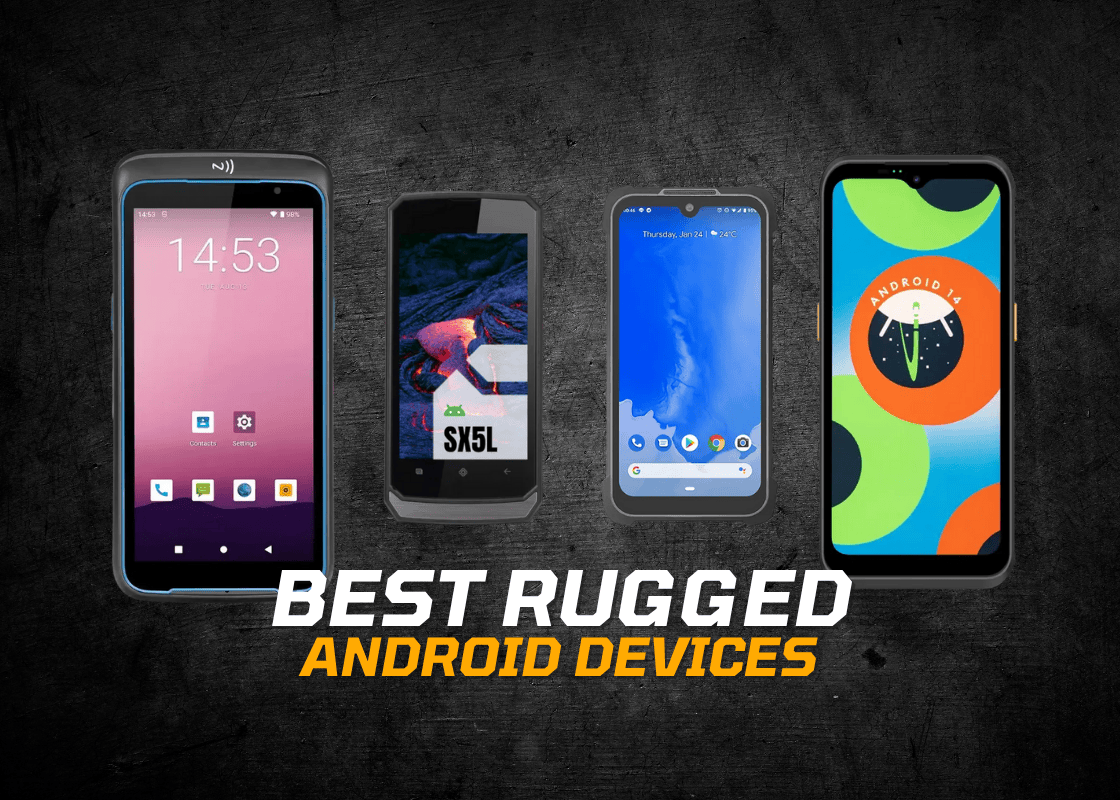Empowering Smarter Decisions With the Right Tools
In today’s fast-paced industries, choosing the right technology is more than a decision, it’s a strategy. Whether you’re managing a warehouse, leading a field service team, or scaling operations across departments, the devices you invest in will directly impact performance, productivity, and peace of mind. Making the right choice means simplifying your workflows and future-proofing your operations.
Why Device Selection Matters More Than Ever
Understanding the Cost of the Wrong Choice
An ill-suited device can create bottlenecks, increase downtime, and inflate operational costs. The wrong operating system, poor battery life, or unreliable construction can lead to avoidable setbacks. In contrast, choosing fit-for-purpose rugged devices ensures longevity, seamless integration, and higher ROI.
The Right Device Makes Your Workforce Confident
When your team is equipped with technology that works the way they do, it is durable, efficient, and intuitive they can focus on delivering results. Devices that align with your specific environment build confidence, reduce errors, and increase morale.
Step-by-Step Guide to Finding the Right Device
1. Start with Your Industry’s Demands
Different sectors have unique needs. For example:
- Field Services need rugged tablets with hot-swap batteries and sunlight-readable screens.
- Healthcare prefers antimicrobial, easy-to-sanitize handhelds.
- Retail & Warehousing demands barcode scanning accuracy and real-time inventory tracking.
Look for options that are tailored or configurable to your sector.
2. Assess Your Work Environment
Is your team working in wet, dusty, or cold conditions? You need a device that can handle impact, temperature changes, and outdoor exposure. Devices with high IP ratings, drop protection, and weather resistance are critical here.
3. Define Your Data & Connectivity Needs
From 5G to NFC, from camera specs to barcode scanners think of what data your team needs to capture, process, and send. Wearable scanners, compact tablets, and handheld devices with real-time syncing capabilities often provide flexible solutions.
4. Choose the Right Operating System
Do your enterprise apps work best with Android, Windows, or Linux? Future-proof your setup by choosing devices with long-term OS support. Ensuring compatibility with your existing systems is essential.
5. Prioritize Battery Life & Portability
Downtime from battery loss is costly. Look for hot-swappable battery options, long standby modes, and lightweight form factors that are easy to carry without sacrificing power.
6. Think Beyond the Device: Service & Warranty
Great hardware should come with reliable aftercare. A strong warranty, accessible customer service, and device lifecycle support contribute to long-term value and peace of mind.

Building Long-Term Value with the Right Partner
Selecting the right device provider can be just as important as the device itself. Work with partners that understand your industry and provide options tailored to your business goals. Trustworthy suppliers help you scale confidently and support you every step of the way.
Spotlight on Common Device Types
● Rugged Handhelds
Compact and reliable, ideal for mobile teams needing performance in the palm of their hands.
● Rugged Tablets
A perfect blend of screen size, battery power, and protection built for challenging workspaces.
● Windows-Based Tablets
For complex workflows needing full desktop OS functionality in a durable form.
● Wearables
Smartwatches and wearable barcode scanners help streamline tasks and enhance mobility.
Explore available options from trusted manufacturers and compare specifications based on your operational priorities.
Frequently Asked Questions (FAQs)
What are rugged devices, and why are they important?
Rugged devices are built to survive harsh conditions, water, drops, dust, temperature shifts and keep working without fail. They reduce downtime, increase safety, and extend hardware lifespan.
How do I know which device is right for me?
Start by analyzing your use case: how mobile your team is, what apps or systems you use, and your physical work environment. Product comparison tools and expert consultations can help you narrow the choices.
What industries benefit most from rugged devices?
Industries like field service, logistics, warehousing, utilities, healthcare, and construction find rugged devices crucial for productivity and reliability.
Can I get a trial before committing?
Many providers offer demo units or short-term pilots to test devices in real-world conditions. This helps you ensure compatibility and comfort before purchasing.
Is it worth the cost compared to consumer devices?
Absolutely. Rugged devices reduce failure rates, repair costs, and replacement cycles. Over time, this can result in significant savings and improved operational continuity.
Conclusion
Choosing the right device isn’t just about features, it’s about empowering your business with tools that work as hard as you do. Whether you’re looking to upgrade existing systems or build from the ground up, a thoughtful selection process leads to long-term success.
Make your choice with confidence. Invest in technology that meets today’s demands and grows with tomorrow’s ambitions.




















